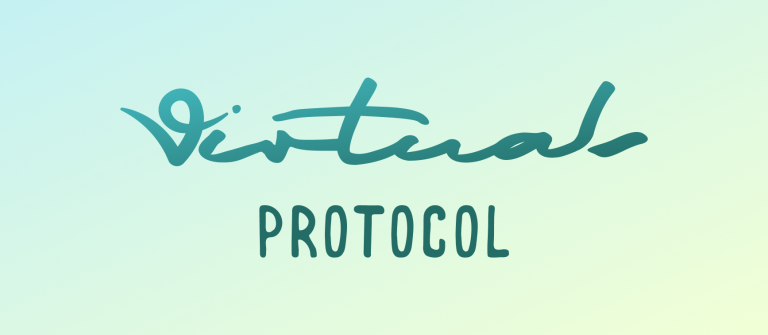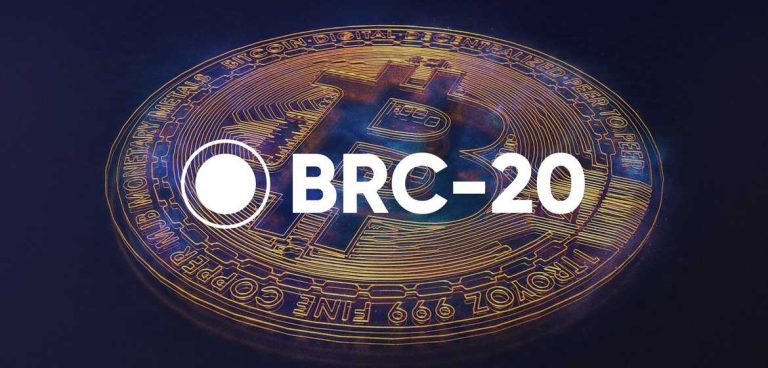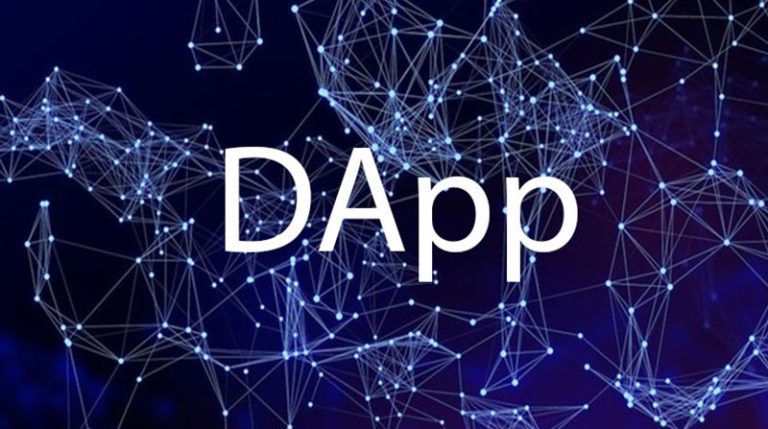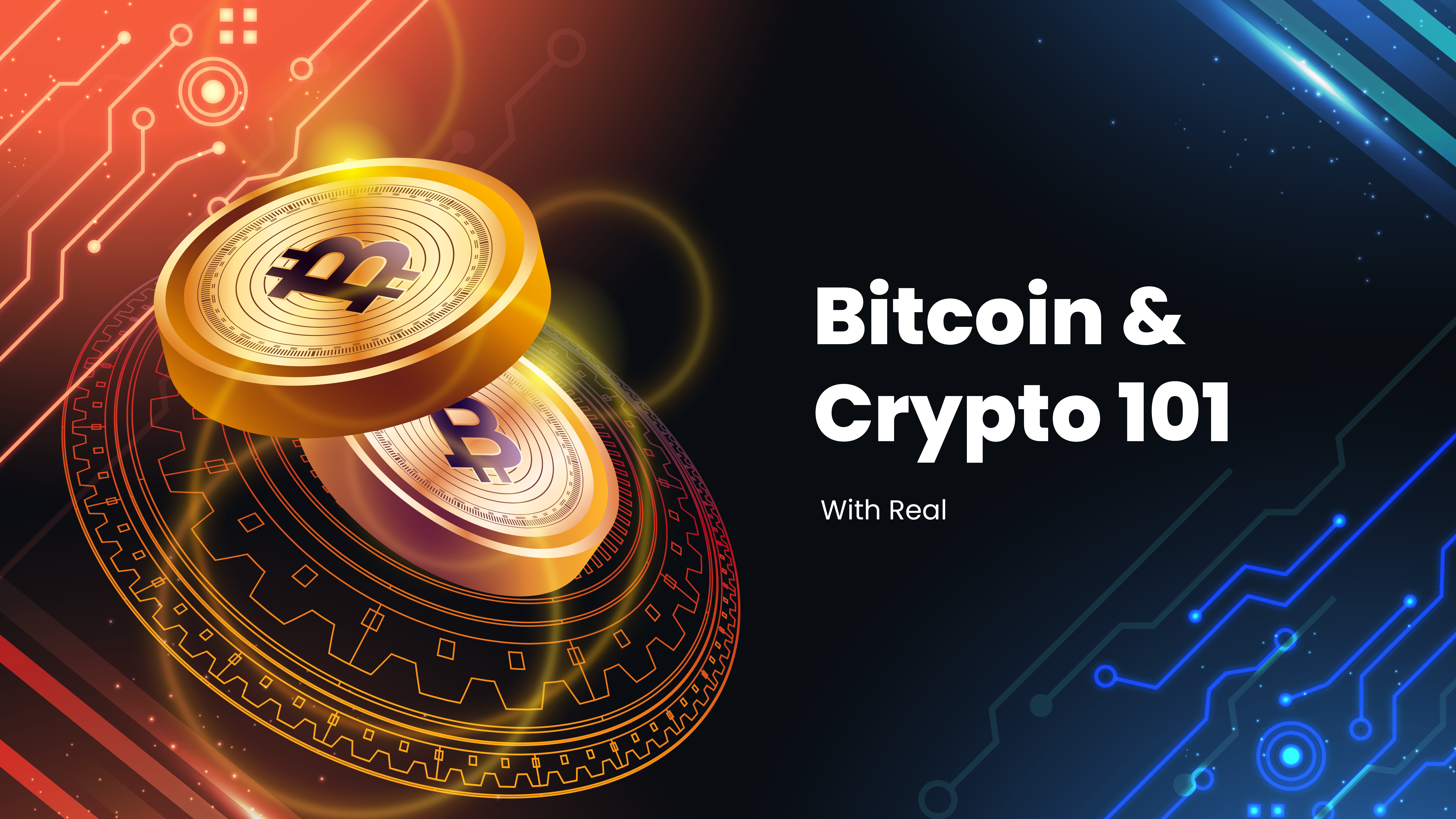Introduction
Cardano is a project that aims to create a more secure, scalable, and sustainable blockchain platform for social and economic change. Cardano is a proof-of-stake blockchain platform that is based on peer-reviewed research and evidence-based methods. It combines cutting-edge technologies to provide unparalleled security and sustainability to decentralized applications, systems, and societies. With a leading team of engineers, researchers, and visionaries, Cardano exists to redistribute power from unaccountable structures to the margins – to individuals – and be an enabling force for positive change and progress. In this article, we will explore the project overview, background, tokenomics, features and functionality, roadmap and future developments, risks and challenges, and conclusion of Cardano.
Overview
Cardano is a proof-of-stake blockchain platform that is designed to be more secure, scalable, and sustainable than previous generations of blockchains. Cardano is built on a layered architecture, consisting of two main components: the Cardano Settlement Layer (CSL) and the Cardano Computation Layer (CCL). The CSL is the first layer that handles the transaction and settlement of the native cryptocurrency, ADA. The CCL is the second layer that supports smart contracts and decentralized applications, and can be customized to meet the needs and preferences of different users and regulators. Cardano also supports interoperability and governance, allowing for cross-chain communication and collaboration, and stakeholder participation and decision-making.
Cardano is based on a novel consensus mechanism called Ouroboros, which is the first peer-reviewed, verifiably secure proof-of-stake protocol. Ouroboros enables the Cardano network to achieve high levels of security and performance, while consuming minimal energy and resources. Ouroboros divides the network into epochs and slots, where each slot is assigned to a slot leader, who is randomly selected from a pool of stakeholder nodes. The slot leader is responsible for creating and broadcasting a new block to the network, and receiving rewards for their service. Ouroboros also employs a mechanism called chain selection, which ensures that the network always follows the longest and most secure chain.
Cardano is developed through a rigorous and transparent process, involving peer-reviewed research, evidence-based methods, and formal methods. Cardano is the first blockchain platform to be founded on peer-reviewed research, which ensures that the design and implementation of the platform are based on scientific principles and best practices. Cardano is also the first blockchain platform to use evidence-based methods, which involve testing and verifying the code and functionality of the platform through simulations, experiments, and audits. Cardano also uses formal methods, which are mathematical techniques that specify and verify the properties and behavior of the platform, and eliminate errors and bugs.
Background

Cardano was founded by Charles Hoskinson, one of the co-founders of Ethereum, and Jeremy Wood, a former executive assistant of Hoskinson at Ethereum. Hoskinson and Wood left Ethereum in 2014, after a dispute with the other co-founders over the vision and direction of the project. Hoskinson and Wood wanted to create a more professional and scalable blockchain platform, while the other co-founders wanted to keep it as a grassroots and community-driven project. Hoskinson and Wood then founded IOHK, a research and development company that focuses on building blockchain and cryptography solutions for governments, corporations, and academic institutions. IOHK is the main developer and maintainer of Cardano, and employs over 250 people from 50 countries.
Cardano was launched to the public in 2017, after two years of research and development. Cardano is named after Gerolamo Cardano, a 16th-century Italian polymath and mathematician, who is considered to be one of the founders of probability theory and algebra. ADA, the native cryptocurrency of Cardano, is named after Ada Lovelace, a 19th-century English mathematician and computer scientist, who is regarded as the first computer programmer. Since its launch, Cardano has achieved several milestones, such as:
Launching the Byron era, the first phase of Cardano, which introduced the basic functionality of the platform, such as the CSL, the ADA cryptocurrency, and the Daedalus wallet, in 2017.
Launching the Shelley era, the second phase of Cardano, which introduced the decentralization and staking features of the platform, such as the Ouroboros protocol, the stake pools, and the delegation mechanism, in 2020.
Launching the Goguen era, the third phase of Cardano, which introduced the smart contract and decentralized application features of the platform, such as the Plutus programming language, the Marlowe domain-specific language, and the Alonzo hard fork, in 2021.
Launching the Catalyst project, a community-driven initiative that provides funding and support for innovative ideas and projects on Cardano, in 2020.
Launching the Cardano Foundation, a non-profit organization that aims to standardize, protect, and promote the Cardano protocol, in 2017.
Tokenomics
ADA is the native utility token of Cardano, and it is used for the following functions:
Transaction: Users can use ADA to send and receive value on the Cardano network, and pay for the transaction fees that are required to process and validate the transactions.
Staking: Users can stake ADA to participate in the consensus and governance of the Cardano network, and earn rewards for their service. ADA holders can either run their own stake pool nodes, or delegate their ADA to other stake pool operators, who share a portion of the rewards with the delegators.
Smart Contract: Users can use ADA to interact with smart contracts and decentralized applications on the Cardano network, and access various services and functionalities that are offered by the developers and providers.
The total supply of ADA is 45,000,000,000 and the current circulating supply is 32,066,390,668 (~71.26% of the total token supply) as of November 12, 2023. The token distribution of ADA is as follows:
Pre-Sale: 25,927,070,538 ADA (57.62% of the total supply), sold to early investors and supporters of the project in 2016 and 2017, at an average price of $0.0024 per ADA.
Treasury: 13,887,737,462 ADA (30.86% of the total supply), reserved for the future development and operations of the project, and funded by a portion of the transaction fees and the inflation of the token supply.
IOHK: 2,463,071,701 ADA (5.48% of the total supply), allocated to IOHK, the main developer and maintainer of Cardano, and vested over 5 years.
Emurgo: 2,074,165,644 ADA (4.61% of the total supply), allocated to Emurgo, the commercial and venture arm of Cardano, and vested over 5 years.
Cardano Foundation: 648,954,655 ADA (1.44% of the total supply), allocated to Cardano Foundation, the non-profit organization that oversees and supervises Cardano, and vested over 5 years.
Users can buy, store, and trade ADA on various platforms, such as:
Cardano: Users can use the official Cardano platform and website to access various features and functionalities of the network, such as the Daedalus wallet, the Catalyst project, and the Cardano roadmap.
Binance: Users can trade ADA with other tokens on Binance, a centralized exchange that supports Cardano and other blockchain projects.
Coinbase: Users can trade ADA with other tokens on Coinbase, a centralized exchange that supports Cardano and other blockchain projects.
Kraken: Users can trade ADA with other tokens on Kraken, a centralized exchange that supports Cardano and other blockchain projects.
Yoroi: Users can store and manage ADA and other Cardano-based tokens on Yoroi, a light-weight wallet that supports Cardano and other blockchain projects.
Ledger: Users can store and manage ADA and other Cardano-based tokens on Ledger, a hardware wallet that supports Cardano and other blockchain projects.
Cardano Market Stats
The current market cap of Cardano is $13,584,060,016, ranking it as the 8th largest cryptocurrency by market cap by coinmarketcap at the time of this publication.
The current circulating supply of Cardano is 45,000,000,000 ADA coins, out of a maximum supply of 45,000,000,000 ADA coins.
The current all-time high of Cardano is $3.10, which is -87.59% from the current price, which was reached on September 2, 2021.
The current all-time low of Cardano is $0.01735 which is +2115.89% from the current price, which was reached on October 1, 2017.

Features and Functionality
Cardano offers a suite of features and functionality that power the social and economic change on the blockchain, such as:
Transaction: Users can send and receive value on the Cardano network, using the ADA cryptocurrency, which is fast, cheap, and secure. Cardano can process over 1,000 transactions per second, with sub-second finality, and minimal fees. Cardano also supports interoperability and cross-chain communication, allowing users to exchange value with other blockchain networks, such as Bitcoin and Ethereum, through the use of bridges and sidechains.
Staking: Users can participate in the consensus and governance of the Cardano network, by staking their ADA tokens, and earning rewards for their service. Cardano uses the Ouroboros protocol, which is the first peer-reviewed, verifiably secure proof-of-stake protocol, which ensures the security and performance of the network, while consuming minimal energy and resources. Cardano also employs a mechanism called Voltaire, which allows ADA holders to vote on proposals and changes to the protocol, and influence the direction and development of the project.
Smart Contract: Users can interact with smart contracts and decentralized applications on the Cardano network, and access various services and functionalities that are offered by the developers and providers. Cardano uses the Plutus programming language, which is a functional and expressive language that is based on Haskell, and allows for the creation of secure and reliable smart contracts. Cardano also uses the Marlowe domain-specific language, which allows for the creation of simple and intuitive smart contracts for financial applications. Cardano also supports the Ethereum Virtual Machine (EVM), which allows for the compatibility and migration of Ethereum-based smart contracts and decentralized applications to the Cardano network.
Catalyst: Users can participate in the innovation and funding of new ideas and projects on the Cardano network, through the Catalyst project, which is a community-driven initiative that provides grants and support for the Cardano ecosystem. Users can submit their proposals, vote on their favorite ones, and receive rewards for their contribution. Catalyst also hosts various challenges and events, such as the Fund series, the Idea Fest, and the Hackathon, to stimulate and showcase the creativity and diversity of the Cardano community.
NFT: Users can create, buy, sell, and trade non-fungible tokens (NFTs) on the Cardano network, and access a variety of digital art and collectibles. Cardano supports the creation and minting of NFTs through the native token functionality, which allows for the creation of custom tokens without the need for smart contracts. Cardano also supports the trading and exchange of NFTs through various platforms and marketplaces, such as CNFT, SpaceBudz, and CardanoKidz.
Some of the unique selling points and advantages of Cardano are:
Security and Reliability: Cardano is designed to be secure and reliable, by using peer-reviewed research, evidence-based methods, and formal methods, to ensure that the design and implementation of the platform are based on scientific principles and best practices. Cardano also uses the Ouroboros protocol, which is the first peer-reviewed, verifiably secure proof-of-stake protocol, which guarantees the security and performance of the network, while consuming minimal energy and resources.
Scalability and Sustainability: Cardano is designed to be scalable and sustainable, by using a layered architecture, which separates the transaction and settlement layer from the smart contract and computation layer, and allows for the customization and optimization of each layer. Cardano also uses a mechanism called Hydra, which is a layer-2 scaling solution that enables the parallel processing of transactions, and increases the throughput and capacity of the network.
Interoperability and Governance: Cardano is designed to be interoperable and governable, by using a mechanism called Icarus, which is a cross-chain communication protocol that enables the exchange of value and information with other blockchain networks, such as Bitcoin and Ethereum. Cardano also uses a mechanism called Voltaire, which is a decentralized governance system that enables the stakeholder participation and decision-making on the protocol, and fosters the evolution and development of the project.
Roadmap and Future Developments
Cardano has a visionary roadmap and vision for the future development of the project and the ecosystem. Some of the goals and objectives of Cardano are:
Launching the Basho era, the fourth phase of Cardano, which will introduce the scalability and performance features of the platform, such as the Hydra protocol, the layer-2 scaling solution, and the sidechains functionality, which will enable the parallel processing and sharding of transactions, and increase the throughput and capacity of the network.
Launching the Voltaire era, the fifth and final phase of Cardano, which will introduce the governance and treasury features of the platform, such as the Voltaire protocol, the decentralized governance system, and the Catalyst project, which will enable the stakeholder participation and decision-making on the protocol, and the innovation and funding of new ideas and projects on the network.
Launching more smart contracts and decentralized applications on the Cardano network, and supporting the growth and adoption of various sectors and industries, such as finance, identity, education, health, and social good.
Launching more cross-chain bridges and integrations with other blockchain networks, and supporting the interoperability and collaboration of various protocols and platforms, such as Bitcoin, Ethereum, Polkadot, and more.
Launching more community and social initiatives, such as the Cardano Ambassador Program, the Cardano Podcast, the Cardano Forum, and more.
Risks and Challenges
Cardano faces some potential risks and challenges that may affect the project and the ecosystem, such as:
- Competition: Cardano competes with other smart contract and decentralized application platforms, such as Ethereum, Polkadot, Binance Smart Chain, and more. Cardano needs to maintain its competitive edge and differentiation by offering superior security, scalability, and sustainability, and attracting more users and developers to its platform.
- Adoption: Cardano needs to increase its adoption and usage, by creating more value and utility for its users and developers, and supporting more sectors and industries that can benefit from its platform. Cardano also needs to overcome the network effects and switching costs that may hinder its adoption and growth.
- Regulation: Cardano operates in a highly uncertain and evolving regulatory environment, where different jurisdictions may have different rules and requirements for blockchain and cryptocurrency projects and services. Cardano needs to comply with the relevant laws and regulations, and avoid any legal or regulatory issues that may affect its operations and reputation.
Cardano addresses these challenges by:
Innovation: Cardano strives to innovate and improve its features and functionality, and offer the best user experience and value proposition for its users and developers. Cardano also leverages the innovation and collaboration of its team and partners, who have extensive experience and expertise in the blockchain and cryptography fields, and integrates with the latest technologies and developments in the industry.
Education: Cardano strives to educate and inform its users and developers, by providing various resources and tools, such as the Cardano Docs, the Cardano Academy, the Cardano Testnet, and more. Cardano also strives to educate and inform the public and the regulators, by providing various reports and publications, such as the Cardano Whitepaper, the Cardano Journal, the Cardano Foundation Report, and more.
Community: Cardano strives to build and nurture its community, by providing various platforms and channels, such as the Cardano Forum, the Cardano Reddit, the Cardano Telegram, and more. Cardano also strives to engage and empower its community, by providing various opportunities and incentives, such as the Cardano Ambassador Program, the Cardano Catalyst Project, the Cardano Governance System, and more.
Conclusion
Cardano is a proof-of-stake blockchain platform that aims to create a more secure, scalable, and sustainable platform for social and economic change. Cardano is built on a layered architecture, consisting of the CSL and the CCL, and based on a novel consensus mechanism, called Ouroboros. Cardano is developed through a rigorous and transparent process, involving peer-reviewed research, evidence-based methods, and formal methods. Cardano offers a suite of features and functionality, such as transaction, staking, smart contract, catalyst, and NFT. Cardano has a visionary roadmap and vision for the future development of the project and the ecosystem, and faces some potential risks and challenges that it addresses by innovation, education, and community. Cardano is a project that is worth following and supporting, as it contributes to the social and economic change and progress on the blockchain.
Sources:
https://cardano.org/
https://docs.cardano.org/
https://roadmap.cardano.org/en/
https://cardanofoundation.org/
https://iohk.io/
https://emurgo.io/
https://coinmarketcap.com/currencies/cardano/




